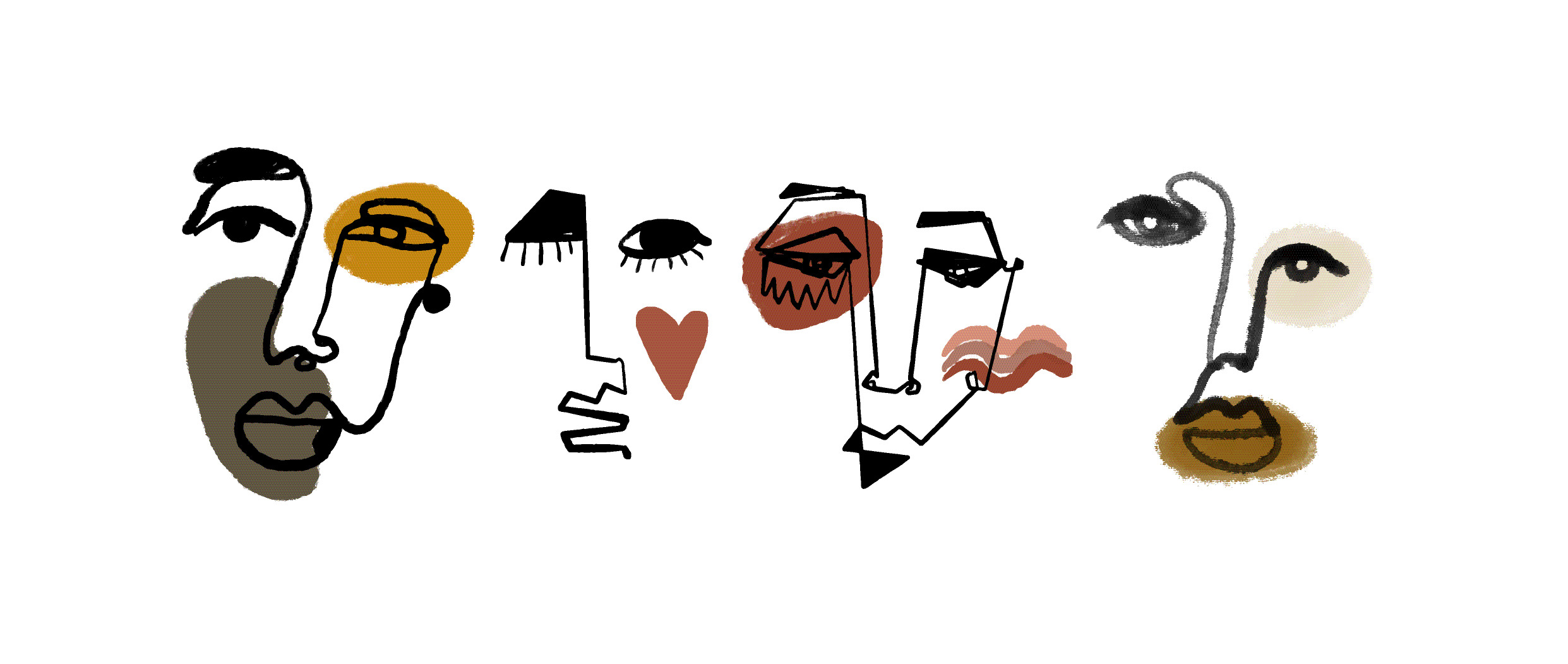The most influential artist of our time, Pablo Picasso, was born on October 25th, 1881 in Malaga, Spain. His father was a drawing professor inspiring his son into pursuing art, and at the early age of 13, Picasso held his first art exhibition. Later, he dropped his studies to focus more on modern art styles.
Picasso first stepped into Paris in 1900, and in 1901, he got an exhibition at a gallery on Paris’ rue Lafitte. The street is famous for its prestigious galleries. At the age of 19, the young artist was still starting his journey of fame outside Barcelona. However, he had already created hundreds of paintings that won the admiration of many lovers of art.
Division of Picasso’s creations:
Blue Period
Over his 80 year career, the famous artist created over 50,000 paintings, ceramics, sculptures, and drawings. The different pieces of art are described in overlapping times. The blue period is the most notable, and it begins with his first exhibit in Paris. In most works at this period, the artist painted in blue to reflect on the cry of the poor. An example is the famous painting named The Old Guitarist, created in 1903.
Rose Period
The phase that followed the Blue Period was the Rose Period, which mostly depicted circus scenes. Also featured in this phase are Picasso’s early sculpture creations.
With the Les Demoiselles d’Avignon creation in 1907, Picasso broke free from European art. The Les Demoiselles d’Avignon was a groundbreaking piece with a distorted and fragmented human image depicting the influence of Paul Cezanne and African mask art. After this creation, the artist founded the Cubist movement in collaboration with Georges Braque, a French painter, in 1909.
Cubism
The next phase in his art journey was Cubism. This phase is broken down into two: the synthetic and the analytical. At this phase, Picasso and Braque broke the ancient belief where artists always created art based on real-time events and phenomena. The most iconic creations of the Cubism phase include sets and costumes for The Three Musicians made in1921 and Sergey Diaghilev’s Ballets Russes of 1917. In addition, through their experimentation, two artists invented other modern-day art practices such as collage.
Classical and Mediterranean themes
The Classical and Mediterranean themes followed Cubism. During This period the artist increasingly pictured images of anguish and violence. Finally, in 1937, Picasso created a masterpiece, the famous Guernica. This creation was a monumental piece featuring the pain and horror of the Basque town of Guernica attacked during the Spanish Civil War by German warplanes. The artist was still living in Paris during the Nazi occupation. However, his opposition towards fascism lured him to join and didn’t stand for fascism which drew the French Communist Party.
Even though Picasso’s art is hardly studied after World War II, the artist continued his art journey enjoying undisputed success producing fantastical works. In addition, he continued to experiment with ceramics painting variations of other artists’ work. At the time of his death in 1973, Picasso was still producing art.

